Today seems like an opportune time to resurface the email I got from Jeff Bezos in 1995 after I sent a suggestion to Amazon customer support. Back then he and I were both mere mortals; I still am.
The blog of the Architect of the Capitol in Washington, DC is an interesting new find for me; I found today’s post, Cast in a New Light: The Capitol Bronze Shop particularly interesting:
Additional workers hired for the Capitol Bronze Shop included founders, chasers, bronze filers, finishers and laborers. They initially cast ornamentation and small works of art and later produced more practical fixtures such as hat hooks, hinges, heat registers and keys.
If the maintenance and restoration of national capital infrastructure is your jam, you may also be interested in the ongoing work to rehabilitate Centre Block in Ottawa.
The shrouded exoskeleton around the western end of Province House was lit up last night like a large scale art installation. Tetris!
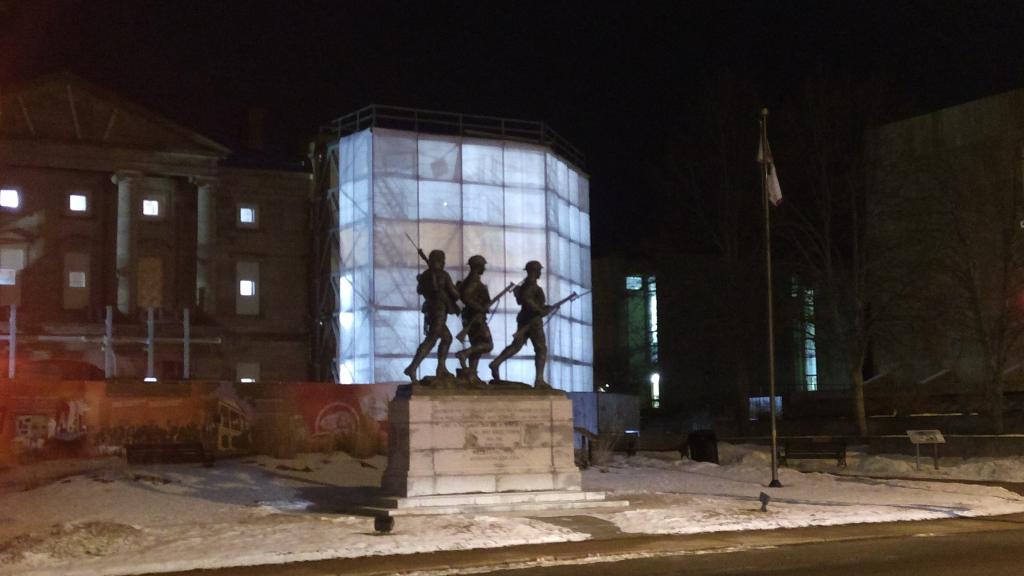
With the talk about the scourge of bottled water this week, let’s not forget that people like Leo Broderick and Mary Boyd have been calling for its elimination for years.
The Pendergast family has been an important presence in our life on Prince Edward Island: they are an enormously talented bunch, whether concerning matters of food, books, music or philosophy. And among the kindest lot you’ll ever encounter.
The talent has made it to the next generation: young Shane Pendergast–you may remember him from the film he made about John Bil–is an entrant in the CBC Searchlight competition, and you can vote for him right now as easily as clicking right here, listening to his track (you don’t have to listen to it to vote, but it’s a good track, and you should), and clicking Vote.
You can do this, apparently, up to once a day.
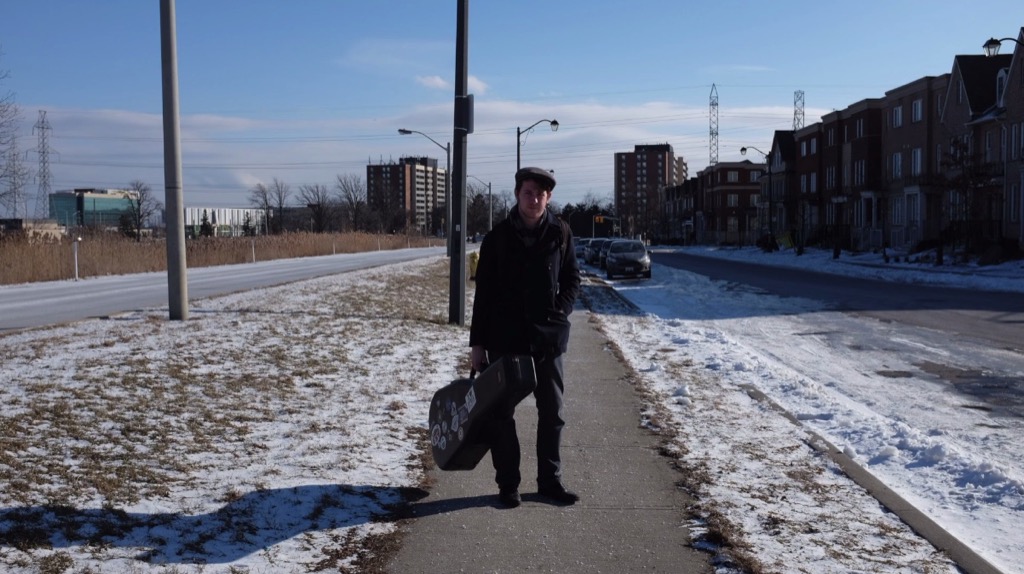
While other students were busy writing exams, Oliver spent the week meeting with all manner of people about what comes next for him.
While we had a busy schedule running around town, we could all sleep in a little later than usual. But school started back up today (Oliver’s last semester of public school!), and so I woke up, as usual, once Stephanie Kelly read the CBC news headlines. The home stretch!

The next time you’re getting an x-ray done at the Queen Elizabeth Hospital (or perhaps heading to day surgery or physiotherapy) be on the lookout for this photo by Hon. Gilbert Clements in the hallway.
While you’re at it, look out for tapestries by William Kurelek and Harold Town along the same stretch.
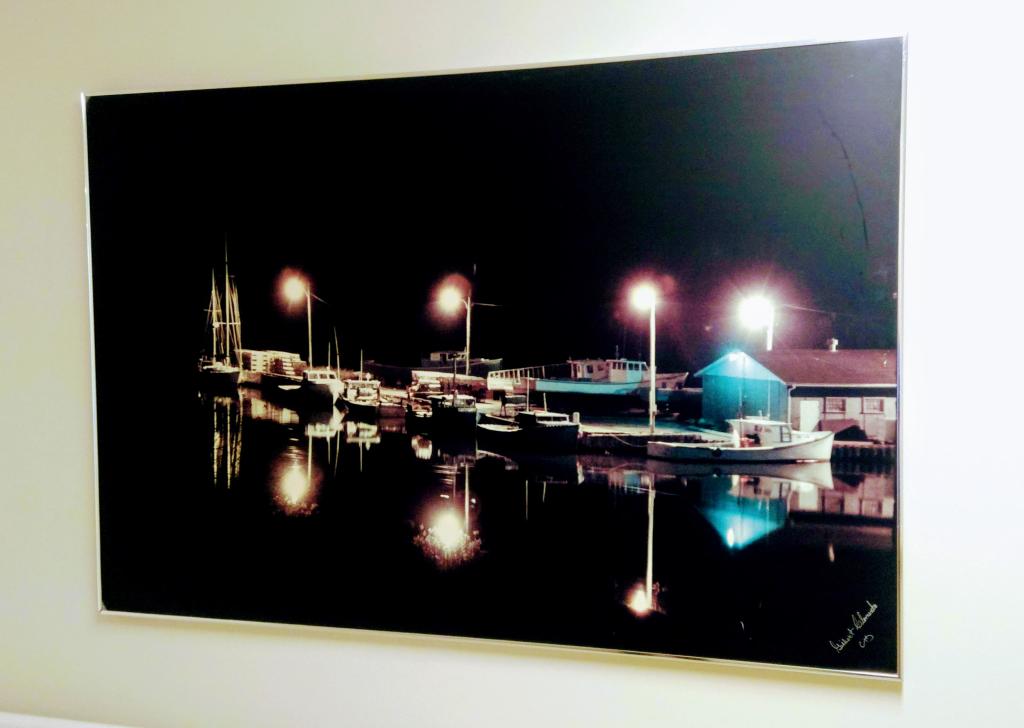
Oliver reviews the last 10 years to mark a decade of his blog.
I can’t wait to see what the next 10 years hold for him.
 ,
,  ,
, 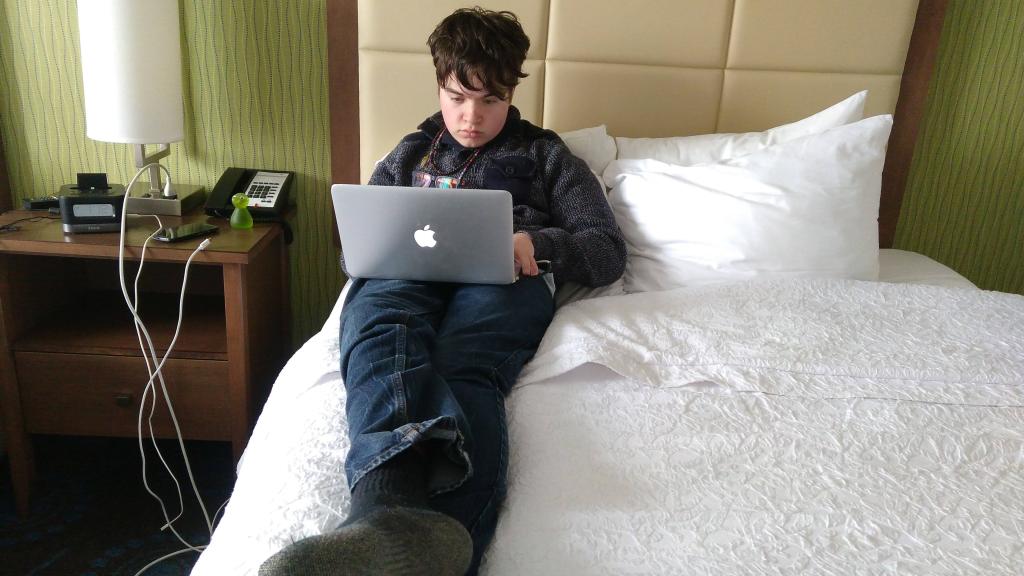 ,
, 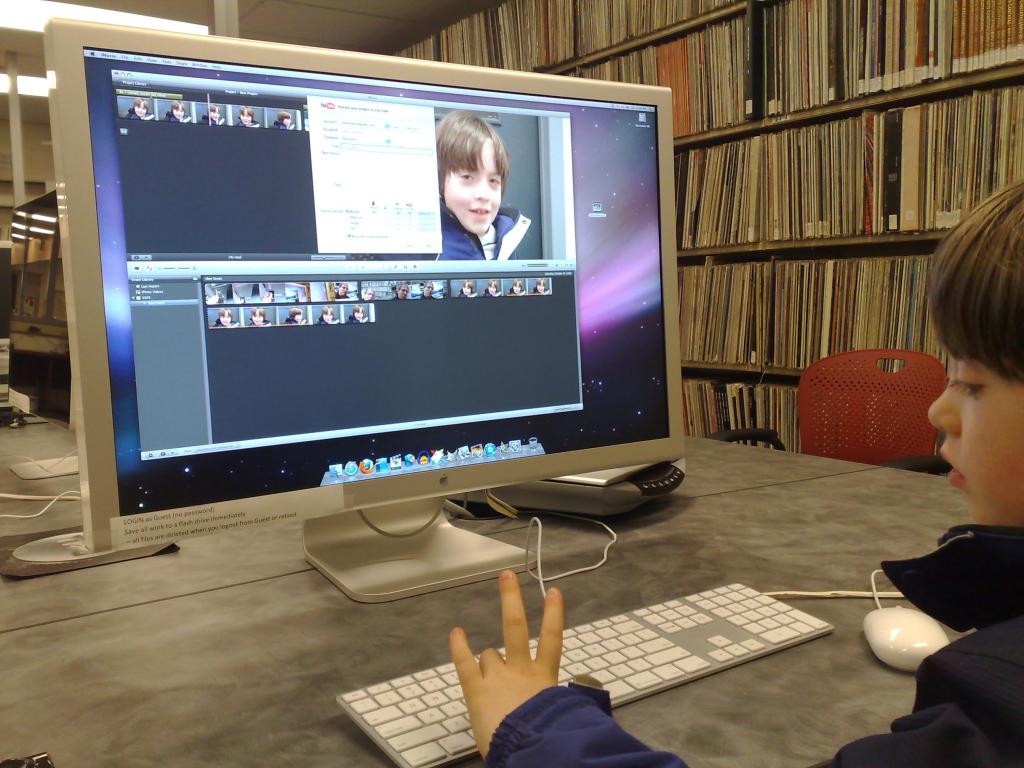
In August of 2006 we made a quick 24 hour trip to Halifax for a medical appointment; Oliver and I took a spare hour and test drove a Smart Car. I recorded the “video podcast” we made in the car on my Nokia N70 mobile phone, but didn’t post it online at the time because, well, there wasn’t an easy way of doing that back then (Google didn’t buy YouTube until November of that year).
Fortunately, Catherine had the recording saved in her email, and so, now that posting video online is easy, we can present the review to the world:
The video quality is horrible–the N70 3GP files were very low resolution, and not intended for anything other than sending mobile-to-mobile–but you can make it out okay. I especially like the establishing shot, pointing up at the retracting Smart car roof.
Last year Oliver and I test drove a Smart car again, this time an electric model, but the video was wonky, and all that remains as evidence is this AI-generated version conjured up by Google Photos.
The Social Model of Disability is a new term for me:
The social model of disability is a way of viewing the world, developed by disabled people.
The model says that people are disabled by barriers in society, not by their impairment or difference. Barriers can be physical, like buildings not having accessible toilets. Or they can be caused by people’s attitudes to difference, like assuming disabled people can’t do certain things.
The social model helps us recognise barriers that make life harder for disabled people. Removing these barriers creates equality and offers disabled people more independence, choice and control.
The term special needs is one that I’ve never liked; reading the tenets of the social model of disability makes me realize that one of the reasons why is that it places focus in the wrong place: “special needs children” don’t have “special” needs, they have the needs they have (as we all do).
The needs they have may be unmet, but they are only “special” because we choose to class them as exceptional.
People are disabled by barriers in society, not by their impairment or difference.
 I am
I am